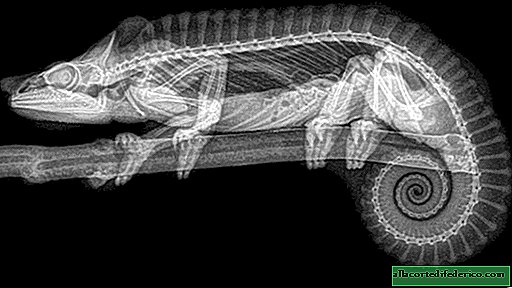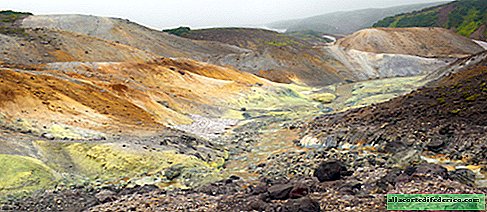Not only for beauty and disguise: what role do spots on the skin of a giraffe play
Why do giraffes have such a diverse pattern on the skin, what role do spots of different sizes and colors play, is this specific pattern inherited? These and many other questions concern biologists involved in the study of giraffes. Not so long ago, Australian scientists proposed their own solution to these issues and hypothesized that spots determine the status of a giraffe in a population, at least in male giraffes.

Biologists have been monitoring giraffes for 12 years. Giraffes living in Namibia, on the territory of Etosha National Park with its desert and semi-desert landscapes, acted as experimental individuals.

During the experiment, scientists studied 66 giraffes. Biologists analyzed the pattern of spots on their skins, their size and color, and also collected data on the behavior of individuals and their role in the population. It turned out that the intensity of the color of the spots is associated with the type of behavior that the male demonstrates in the community. Those giraffes that have darker spots are more active and can exist independently, outside of any group. Males that have lighter spots on the skin, on the contrary, are less independent, have no conflicts at all and are not inclined to sort out relationships with other males. Such individuals, as a rule, keep close to the communities of females and young giraffes.

Recall that back in the last century, scientists found that the pattern of spots is inherited. And not so long ago, American biologists investigated giraffes living in Kenya. They managed to establish a connection between the size of the spots and the survival rate of young individuals. It turned out that the larger the spots on the body of the animal, the more chances it has to survive in the wild and survive to adulthood. But that’s why such a connection is still a mystery.

















